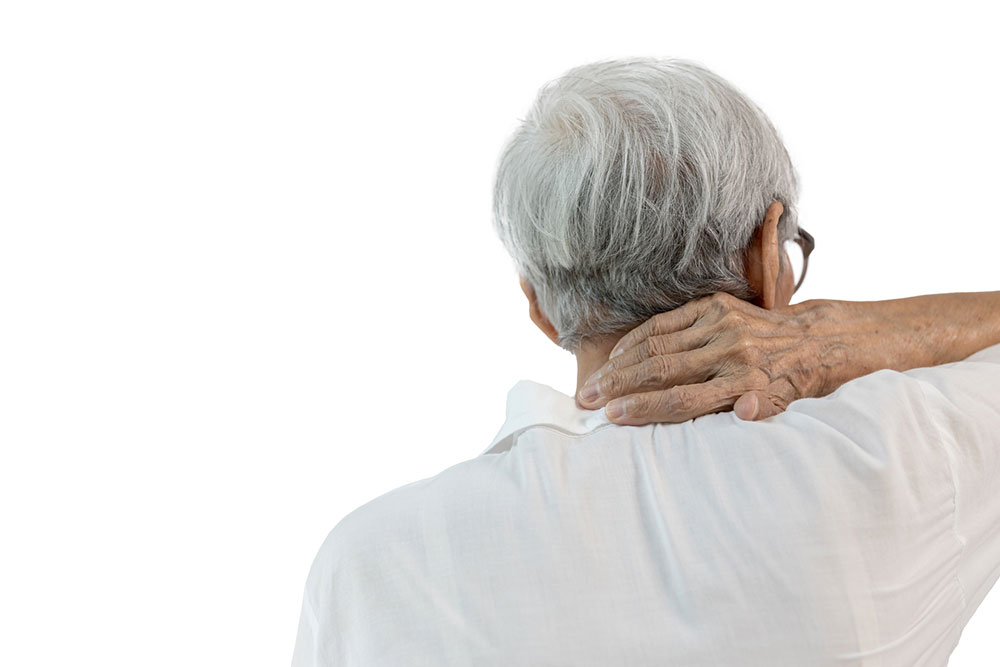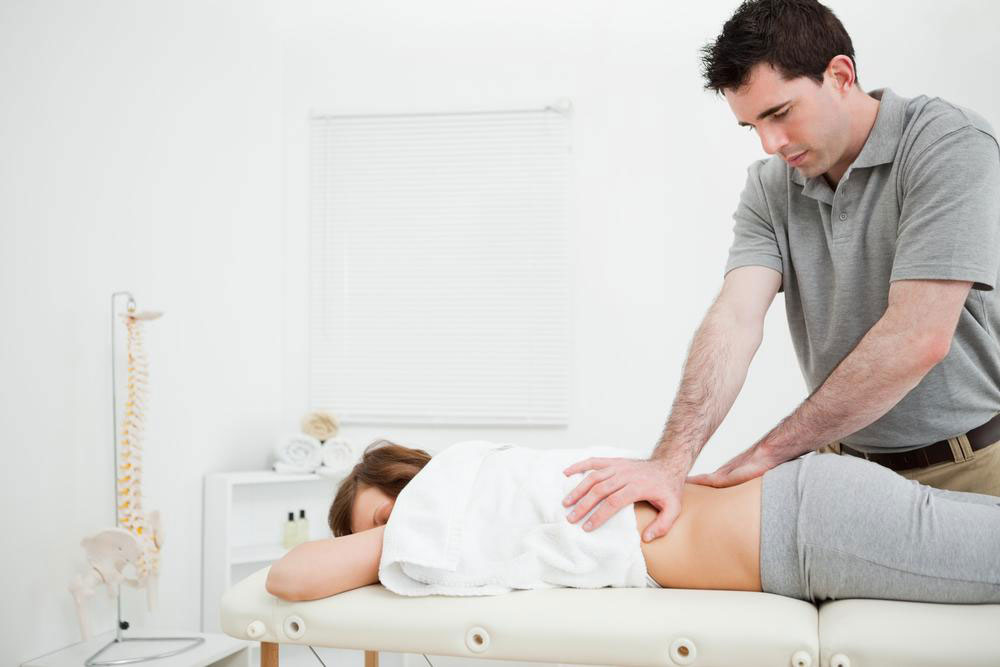Early Detection and Effective Care Strategies for Cervical Degeneration
Cervical degeneration, or cervical spondylosis, affects many individuals and can lead to neck pain, stiffness, and nerve issues. Early detection is vital, with symptoms like neck discomfort, stiffness, tingling limbs, and balance problems. Management includes physical therapy, medications, lifestyle changes, and, in severe cases, surgery. Proper care helps prevent progression, alleviates symptoms, and maintains quality of life. Understanding causes and early signs allows patients to seek prompt treatment, ensuring better prognosis and enhanced well-being in aging populations.

Early Detection and Effective Care Strategies for Cervical Degeneration
Cervical degeneration, commonly referred to as cervical spondylosis, is a prevalent age-related condition affecting the cervical spine. It involves deterioration of intervertebral discs and adjacent bones, leading to discomfort and stiffness in the neck and shoulders. Although it predominantly affects individuals over 60, many young adults in their 20s and 30s also experience early signs due to lifestyle factors and early wear. Recognizing this condition early and adopting appropriate care strategies are crucial for maintaining mobility, reducing pain, and enhancing quality of life.
What Causes Cervical Degeneration? When discussing cervical degeneration, it is essential to understand its causes. Also termed neck osteoarthritis, this condition results from the natural aging process that causes gradual wear and tear of the bones, cartilage, and discs in the neck. As age progresses, the intervertebral discs lose hydration and elasticity, becoming less effective at absorbing shocks. The body often responds by producing bone spurs or osteophytes—bony projections that attempt to stabilize the spine but can inadvertently compress nearby nerves or the spinal cord. Various factors accelerate this degeneration, such as trauma from injuries, repeated strain from heavy lifting, or poor posture habits. Ligament stiffness and lack of physical activity can also contribute to the process, aggravating symptoms over time.
It is important to note that symptoms often manifest earlier than one might expect, sometimes even before the age of 30. Early detection plays a critical role in managing the condition effectively, preventing it from progressing into more severe stages that impair daily functioning.
Early Warning Signs of Cervical Degeneration
Recognizing the initial symptoms can help individuals seek timely medical attention. Common early signs include:
Persistent discomfort or pain in the neck, shoulders, arms, or upper back that worsens with movement or exertion.
Stiffness in the cervical region that limits neck mobility and flexibility, often making turns or tilting difficult.
Feelings of unsteadiness, dizziness, or balance issues caused by nerve compression or spinal cord involvement.
Tingling sensations, numbness, or pins-and-needles feelings radiating into the limbs, especially the arms and hands.
In severe cases, loss of bladder or bowel control due to spinal cord compression—an urgent sign requiring immediate medical attention.
Muscle weakness, which hampers daily activities such as gripping objects, lifting, or holding items steadily.
Additional symptoms can include headaches concentrated at the back of the head or muscle weakness in limbs. It is also noteworthy that some individuals may show early signs but remain asymptomatic, underscoring the importance of routine checkups, especially for those with risk factors.
Care and Management Options for Cervical Degeneration
Effective management of cervical degeneration aims to alleviate pain, improve neck function, and slow disease progression. Treatment is typically multimodal, combining lifestyle modifications, physical therapy, medications, and sometimes surgical interventions.
Physical Therapy: Customized exercises help strengthen neck and shoulder muscles, enhancing stability and reducing strain. Techniques such as manual therapy, stretching, and posture correction are often employed to restore mobility and reduce stiffness.
Medications: Over-the-counter pain relievers like NSAIDs (e.g., ibuprofen) or acetaminophen can reduce inflammation and pain. Muscle relaxants may be prescribed to ease spasms, while corticosteroid injections might be considered for severe inflammation.
Heat and Cold Therapy: Application of heat packs can relax tense muscles, while cold packs help decrease inflammation and swelling, providing symptomatic relief.
Neck Support Devices: Short-term use of soft neck collars can alleviate strain and provide rest to the affected area. However, prolonged use is discouraged as it can weaken neck muscles, so it should be part of a comprehensive treatment plan.
Surgical Options: In advanced cases where conservative treatments no longer suffice, surgical intervention may be necessary. Procedures include removing bone spurs or herniated discs, decompressing nerve pathways, and stabilizing the cervical spine to prevent further deterioration.
Adopting a healthy lifestyle can substantially impact disease management. Regular exercise, maintaining good posture during daily activities, avoiding prolonged static positions, and engaging in gentle stretching can help reduce symptoms and delay progression. Moreover, incorporating activities like swimming or yoga can improve flexibility and strength safely.
In conclusion, early recognition of cervical degeneration allows for timely interventions that can significantly improve outcomes. With appropriate care, individuals can maintain an active, pain-free life and prevent severe complications associated with advanced degenerative changes in the cervical spine.





